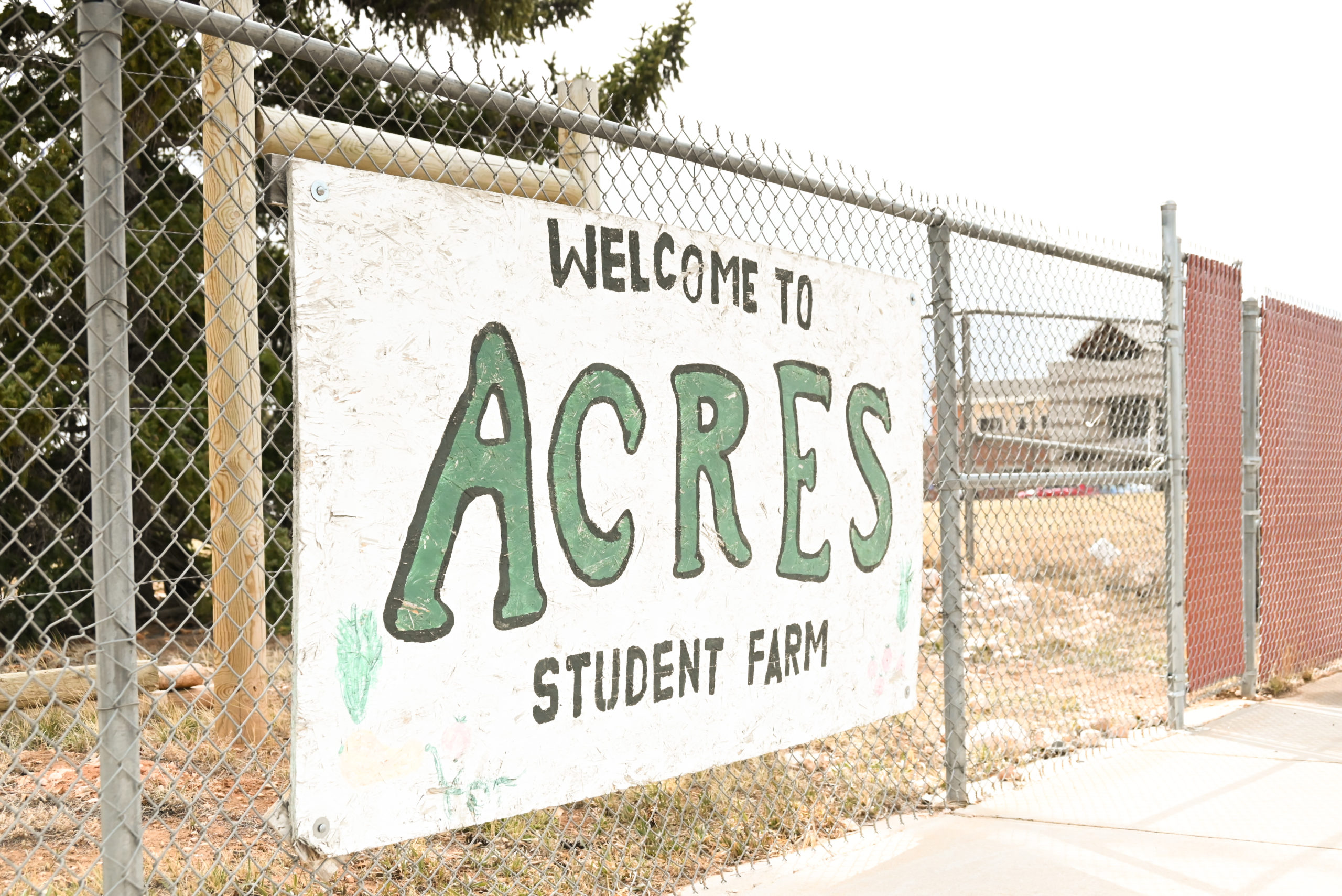
Gov. Matt Mead has recently shown his support for wolf management in Wyoming, saying in a press release that the current program has been successful in stabilizing populations and a drop in cattle depredations.
In 1978, gray wolves in Wyoming were placed on the endangered species list and given protection from hunters. Thirty-four years later they were delisted due to their successful recovery; however, the topic is still a contentious subject between Wyoming residents.
In an interview Mead said, “Wyoming’s wolf population has been over the target number established for taking wolves off of the endangered species list for 12 consecutive years. It was appropriate for wolf management to return to Wyoming. Wyoming continues to play a leading role in managing various species in such a way that they flourish and do not need the protection of the Endangered Species Act.”
According to www.nps.gov, as of 2012 the wolf population in the recovery areas of the Northern Rocky Mountains added up to 1,585 wolves.
“Wolf management is very necessary. You have to realize, once you bring wolves back, you are going to have to manage them at some point,” said Mike Jimenez, a member of the U.S. Fish and Wildlife and Wolf Management and Science Coordinator of the Northern Rocky Mountains. “You have to protect people, their livestock and pets; hunting them is a way to manage wolves in appropriate places just enough so their population stays healthy.”
According to the Wyoming Gray Wolf Recovery Status report, between 2003 and 2011 wolves have accounted for the deaths of 883 cattle, sheep, dogs and other domestic animals.
However, in an interview Bonny Rice of the Sierra Club’s Greater Yellowstone Resilient Habitats Campaign said, “Wyoming’s plan is a wolf-killing plan, not a management plan. Allowing it to move forward could reverse one of the greatest endangered species recovery success stories of all time. We need a return to the sound, science-based management practices that have for decades brought iconic animals back from the brink of extinction.”
According to ecos.fws.org, wolves only require angulate (wild and/or domestic) prey for habitat essentials, and human-caused mortality rates that are not excessive.
Jimenez said management is a very positive thing and that wolves are no different than any other wild animal being managed. The most important thing about wolf management is to hit a balancing point, which includes not allowing wolves to kill livestock, dogs or any other domestic animals.
“In the national parks there is no conflict between wolves and livestock because there is no livestock in the parks,” Jimenez said. “But, there’s always a controversy between wolves and people because wolves are competing with hunters because of their diet of elk, moose, and deer.”
According to governor.wy.gov, “Governor Mead negotiated a plan for delisting wolves with former Secretary of the Interior Ken Salazar and wolves were returned to state management in September 2012.”
“The key thing with wolves is that they have recovered and have come back,” Jimenez said. “The dispute over management is currently between people from rural and urban areas. It’s more of a ‘people issue’ now than an issue with the wolves themselves.”



